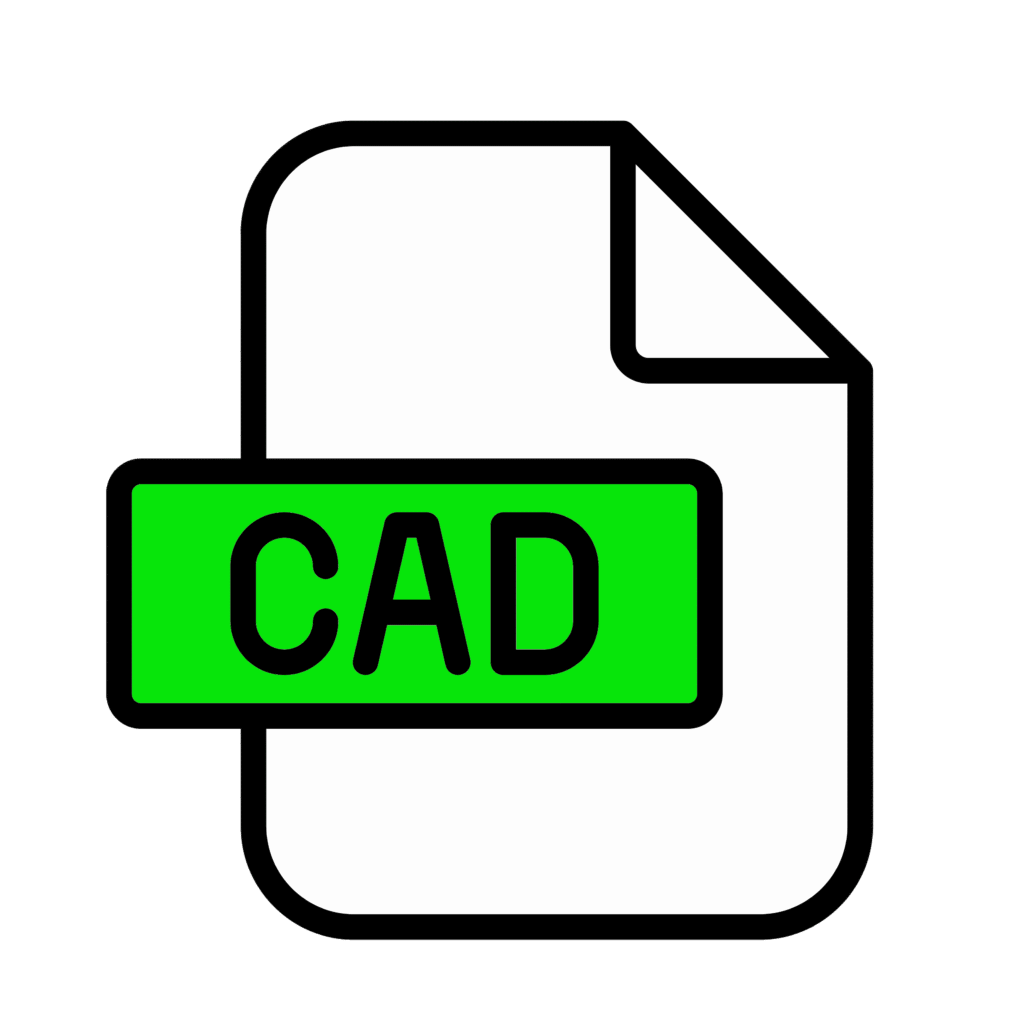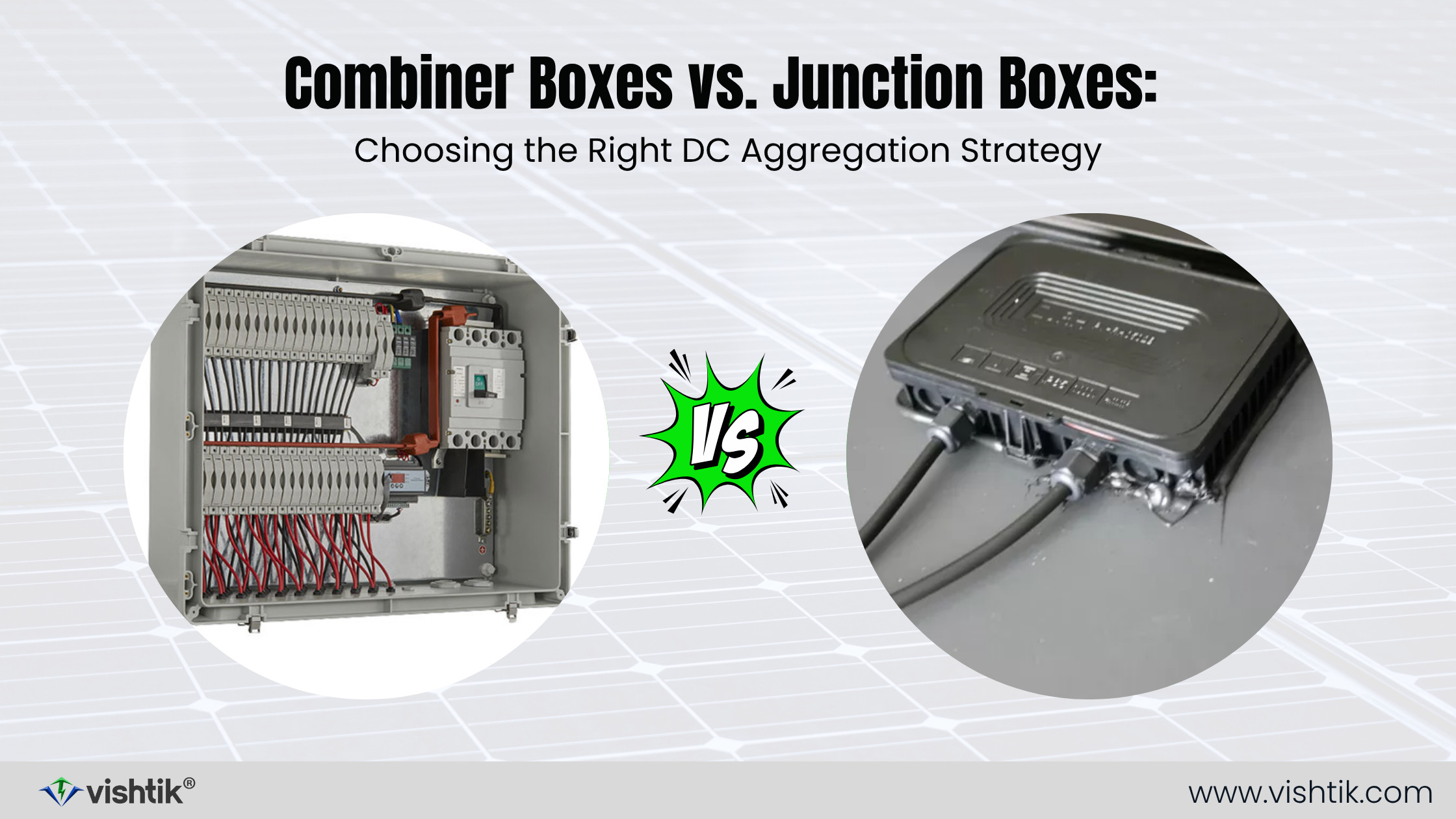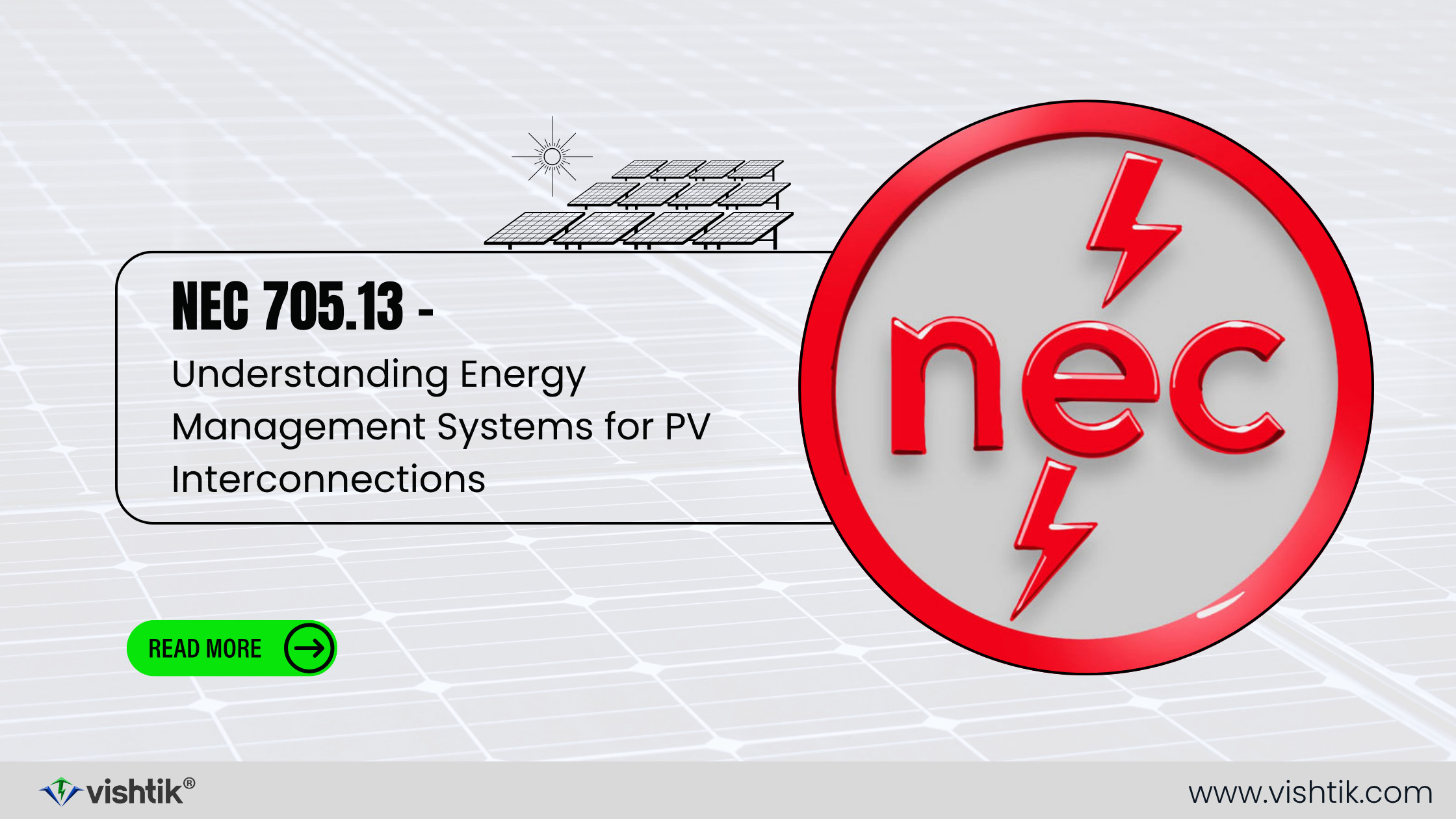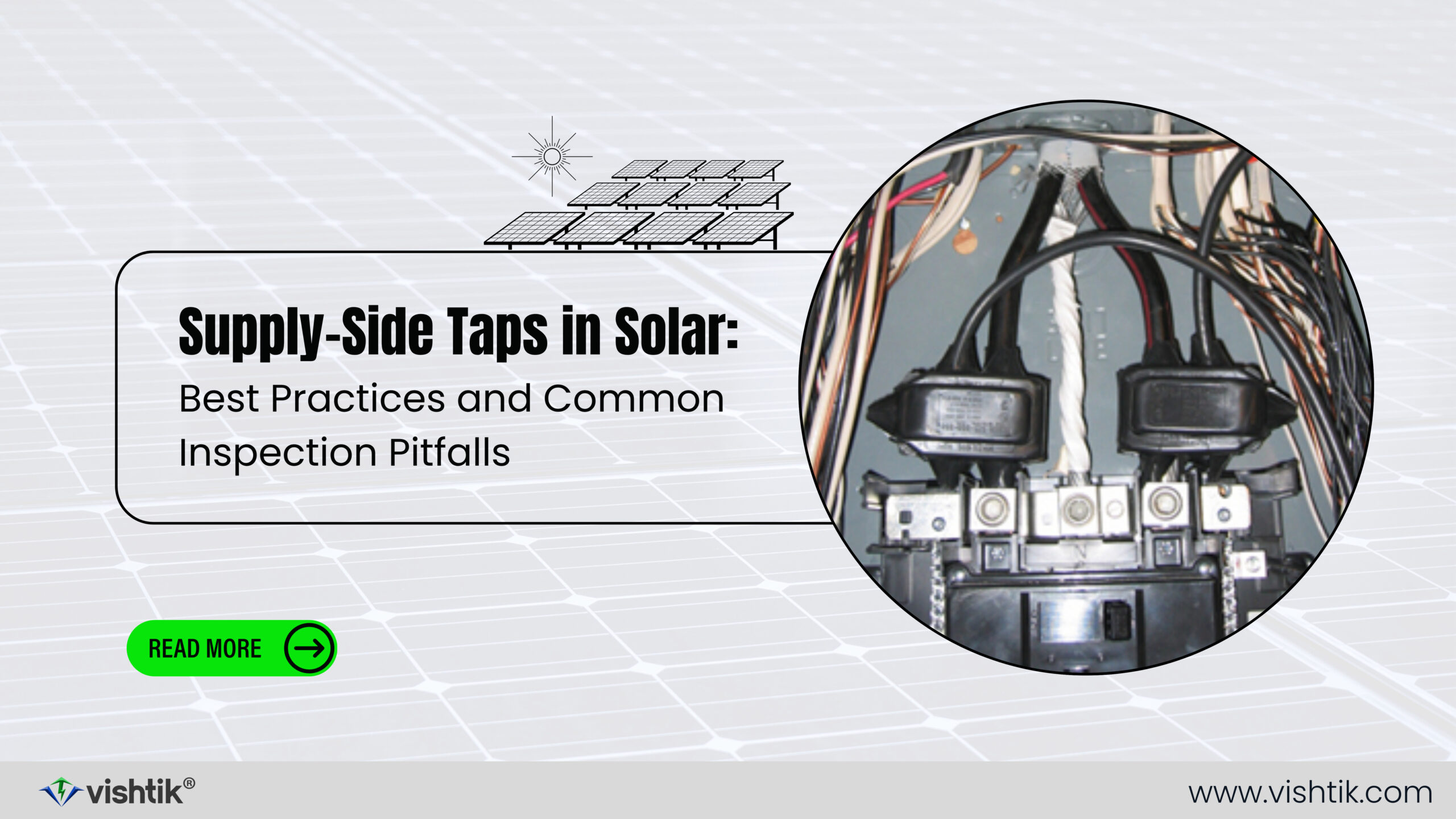Introduction
A thorough site survey is crucial for the successful installation of a solar energy system. It ensures that all necessary details about the site and the structure are collected, which aids in creating an efficient and safe solar design. This blog will provide a comprehensive site surveys checklist for solar installers to follow during site surveys, ensuring that all critical aspects are covered.
1. Homeowner and Contractor Information
- Homeowner Details:
- First Name, Last Name
- Address (Street, City, State, Zip)
- Project’s Assessor’s Parcel Number
- Contractor Details:
- Company Name
- Phone Number
- Address (Street, City, State, Zip)
- License Numbers
2. Project Manager Information
- First Name, Last Name
- Phone Number
- Application Type (e.g., Tilt-Up, Flush-Mount, Integrated Racking, Flat Roof, Ground Mount)
3. AHJ and Utility Information
- Authority Having Jurisdiction (AHJ) Name
- Utility Name
- Special AHJ/Utility Requirements
- Snow & Wind Loads (if known)
4. Project Site Photos
- Utility Meter Location (Zoomed out View)
- Main Service Panel Location
- Close-ups of Main Service Panel Label and Main Breaker
- Sub-Panel Main Breaker and Location (if used)
- Proposed Inverter Location (Zoomed out View)
- Array Location(s)
- Entire Roof with Obstructions
- Ground Mount Location (if applicable)
- Rafter/Truss Size and Spacing (show tape measure in photo)
- Attic Space showing existing roof rafter/truss (show tape measure in photo)
5. Roof and Structural Information
- Roof Material:
- Options: Asphalt shingles, Standing Seam Metal, Corrugated Metal, Clay S-Tile, Flat Tile, Rubber Membrane, Wave Tile, Wood Shake, Other
- Options: Asphalt shingles, Standing Seam Metal, Corrugated Metal, Clay S-Tile, Flat Tile, Rubber Membrane, Wave Tile, Wood Shake, Other
- Structure Type:
- Options: Truss (Wood), Knee Wall + Collar Tie, Metal Beam Supported, Interior Bearing Wall (Wood), Single Span Rafter (Wood), Purlins Wood Supported, Knee Wall Steel Frame, Rafter Size
- Options: Truss (Wood), Knee Wall + Collar Tie, Metal Beam Supported, Interior Bearing Wall (Wood), Single Span Rafter (Wood), Purlins Wood Supported, Knee Wall Steel Frame, Rafter Size
- Rafter Spacing:
- Options: 12”, 14”, 16”, 24”, 48”, Other
- Options: 12”, 14”, 16”, 24”, 48”, Other
- Roof Structure Measurements:
- Measurements A and B
- Measurements A and B
6. Racking Information
- Attachment Type:
- Options: Flashed L-Foot, Tile Hook, Standoff, Integrated into Racking, Standing Seam Clamp, Corrubracket, Other
- Options: Flashed L-Foot, Tile Hook, Standoff, Integrated into Racking, Standing Seam Clamp, Corrubracket, Other
- Racking Manufacturer and Model
- Attachment Manufacturer and Model
- Maximum Rail Span:
- Options: 16”, 24”, 32”, 48”, 72”, 96”, Other
- Options: 16”, 24”, 32”, 48”, 72”, 96”, Other
- Pitch (Degrees) and Azimuth(s)
7. New Equipment Information
- Module Manufacturer & Model Number
- String/Micro Manufacturer & Model Number
- Optimizer Manufacturer & Model Number (if applicable)
- Inverter DC Disconnect Options:
- Utilize Integrated DC Disconnect
- Utilize Standalone DC Disconnect
- Standalone DC Disconnect Location:
- Options: Exterior, Interior, House, Garage, Barn, Pole Mounted, Rooftop, At Ground Array, Other
- Options: Exterior, Interior, House, Garage, Barn, Pole Mounted, Rooftop, At Ground Array, Other
8. Electrical Information
- Inverter Location:
- Options: Exterior, Interior, House, Garage, Barn, Pole Mounted, Other
- Options: Exterior, Interior, House, Garage, Barn, Pole Mounted, Other
- Wire Transition Enclosure:
- Options: Junction Box, Soladeck, Combiner Box, None
- Options: Junction Box, Soladeck, Combiner Box, None
- Combining AC Circuits:
- Options: Soladeck (Rooftop), AC Panel Board, Existing Subpanel
- Options: Soladeck (Rooftop), AC Panel Board, Existing Subpanel
- Service AC Disconnect:
- Yes or No
- Yes or No
- Utility Disconnect Location:
- Options: Exterior, Interior, House, Garage, Barn, Pole Mounted, Next to Utility Meter, Other
- Options: Exterior, Interior, House, Garage, Barn, Pole Mounted, Next to Utility Meter, Other
- PV Revenue Meter:
- Yes or No (Net Meter)
- Yes or No (Net Meter)
- Location of PV Meter:
- Between inverter and disconnect, Between disconnect and point of interconnection (MEP, Tap, Etc.)
- Between inverter and disconnect, Between disconnect and point of interconnection (MEP, Tap, Etc.)
9. Existing Equipment Information
- Meter Main Combo: Yes or No
- Main Electrical Panel Rating:
- Bus Rating (amps)
- Main Breaker Rating (amps)
- Spaces Available in the Panel:
- Main Breaker Location (Top-fed, Center-fed, Bottom-fed)
- Main Breaker Location (Top-fed, Center-fed, Bottom-fed)
- Main Electrical Panel Location:
- Options: Exterior, Interior, House, Garage, Barn, Pole Mounted, Other
- Options: Exterior, Interior, House, Garage, Barn, Pole Mounted, Other
- New Main Breaker Derating or Panel Upgrade:
- New ratings for Bus and Main Breaker
- New ratings for Bus and Main Breaker
- Interconnection Strategy:
- Options: Backfeed Breaker, Derate Main Breaker, Line Side Tap, Load Side Tap
- Options: Backfeed Breaker, Derate Main Breaker, Line Side Tap, Load Side Tap
- Interconnection Location:
- Options: Existing Main Electrical Panel, New Tap Box, Existing Meter, Automatic Transfer Switch, New Sub-Panel, Existing Sub-Panel, Renewable Meter Adapter at Meter, New Main Electrical Panel Upgrade
- Options: Existing Main Electrical Panel, New Tap Box, Existing Meter, Automatic Transfer Switch, New Sub-Panel, Existing Sub-Panel, Renewable Meter Adapter at Meter, New Main Electrical Panel Upgrade
10. Ground Mount Structural Information (if applicable)
- Ground Mount Racking Manufacturer and Model
- Ground Mount Foundation:
- Options: Helical Piling, Concrete Pad, Helical Pile, Driven Piling, Earth Screw, Drill & Pour
- Options: Helical Piling, Concrete Pad, Helical Pile, Driven Piling, Earth Screw, Drill & Pour
- Pole Embedment Depth and Footing Diameter
- Concrete Depth (if applicable)
- Horizontal and Inner-Row Support Spacing in Feet
- Total Number of Legs/Supports
- Cross Brace (if applicable):
- Options: None, Horizontal, Diagonal
- Options: None, Horizontal, Diagonal
- Module Orientation:
- Portrait or Landscape
- Portrait or Landscape
- Quantity of Module Rows and Columns
- Tilt and Azimuth
- Front and Rear Clearance
- Setback Requirement from Property Lines (if applicable)
Conclusion
By following this detailed checklist during site surveys, solar installers can ensure they gather all necessary information to design and install efficient, safe, and code-compliant solar energy systems. Proper documentation and thorough preparation are key to the success of any solar project.














